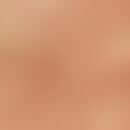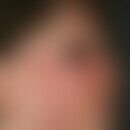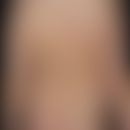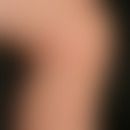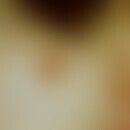Synonym(s)
DefinitionThis section has been translated automatically.
Creams that represent a transition between hydrophobic creams and hydrophilic creams. They have a bicoherent structure of hydrophilic and lipophilic phase and contain relatively high amounts of oil-in-water emulsifiers as well as water-in-oil emulsifiers. Without breaking the emulsion system, larger quantities of water as well as lipophilic substances can be incorporated, whereby an O/W or W/O emulsion system is formed with sliding transitions. They are almost universally applicable in the formulation.
Pharmacodynamics (Effect)This section has been translated automatically.
You might also be interested in
IndicationThis section has been translated automatically.
IncompatibilityThis section has been translated automatically.
- In ambiphilic creams containing non-ionic emulsifiers with a hydrophilic polyethylene glycol portion, the incorporation of phenolic substances may lead to a loss of efficacy or even to the breaking of the emulsion depending on their concentration.
- Inhomogeneities can be caused by active substances such as benzalkonium chloride, benzyl alcohol, cetylpyridinium chloride, chlorocresol, hexachlorophene, β-naphthol, nipagine, oleum thyme, phenol. liquefact., Pix betulin., Pix juniper., Pix lithanth., polidocanol, pyrogallol, resorcinol, salicylic acid, tannin, tetracaine HCl and tyrothricin.
- Colour changes can be caused by dithranol, oxytetracycline-HCl, silver nitrate and tetracycline-HCl.
- Chloramine T leads to an odour change.
Recipe(s)This section has been translated automatically.
TablesThis section has been translated automatically.
Compatibility of drugs in ambiphilous creams
Acridine flavinium chloride 2% |
Dexpanthenol 5% |
Sodium chloride 10 |
allantoin 0,5% |
Dimetine maleate 1% |
neomycin sulfate 0,5%. |
aluminium chloride 10% |
Dimeticone 10% |
Nicotinic acid benzyl ester 3%. |
Ammonium bituminosulphonate 10 |
Diphenhydramine HCl 2% |
nitrofurazone 0,2% |
Amphotericin B 3% |
Erythromycin 2% |
Nystatin 100 000 IU/g |
anthrarobin 2% |
Ethacridine lactate 1% |
Oleum Pini 1,5 |
azulene 0,2% |
Eucalyptol 10% |
Pheniramine hydrogen maleate 1,25% |
bacitracin 500 IU/g |
Gentamicin sulphate 0,2 |
Polyvidon iodine 10% |
Bamipine HCl 2% |
Urea 10% Urea |
Procaine HCl 2% |
Benzoic acid 5% |
Hydrarg. sulf. rubr. 1% |
Sulphur 5% |
Benzoyl peroxide 5% |
hydrocortisone 1% |
Sorbic acid 0,1% of |
betamethasone-17-valerate 0,1% |
hydroxyquinoline sulfate 0,5%. |
Sulphadiazine 5% |
Bufexamac 5% |
potassium iodide 3,5%. |
sulfisomidine 5% |
calcium chloride 5% |
Camphor 5% |
terpiniol 1,5 |
Chloramphenicol 1% |
Cod liver oil 10% |
Tinctura Myrrh 3% |
Chlorophenoxamine-HCl 1,5% Chlorophenoxamine-HCl 1,5% Chlorophenoxamine |
Liq. alum. acet. 20% |
tretinoin 0.1% |
Chlortetracycline HCl 3% |
Liq. carb. deterg. 10% |
triamcinolone acetonide 0,1 |
Chrysarobin 5% |
Menthol 5% |
Undecylenic acid 5% |
Clioquinol 5% |
Merbromine 2% |
Zinc oxide 10 |
clotrimazole 1% |
Methyl salicylate 5% |
Zinc undecylenate 5% |
dexamethasone 0,1% |
Lactic acid 5 |
|
